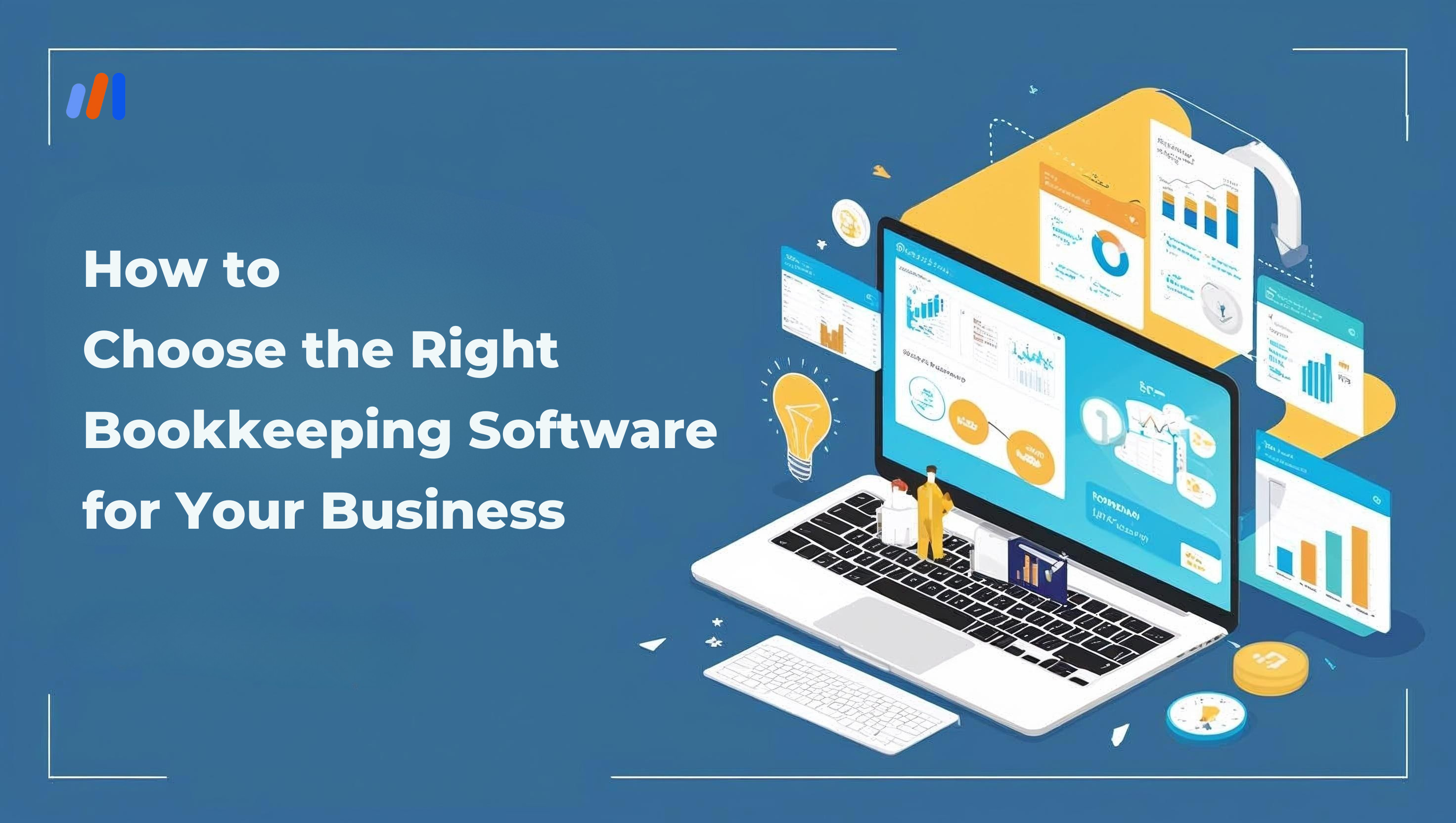What is a Single-Member LLC?
Single-member LLCs refer to a limited liability company that only one person owns and this person is called the “member”. Single-member LLCs are characterized by their ability to combine the simplicity and tax benefits of a sole proprietorship with corporate liability protection.
Thus, many times the member’s assets can be kept beyond business debts and liabilities, reducing personal financial risks. Single-member LLC also allows for management flexibility and choices regarding taxation meaning a decision can be made to be taxed either as a sole proprietorship or opt for corporate tax treatment.
This makes it an ideal option for entrepreneurs looking to set up businesses with both ease of operation and strong legal protection.
Key Benefits
Liability Protection: One of the primary advantages of a Single-Member LLC is the limited liability protection it offers. This means that as the owner, your assets are generally protected from business debts and liabilities.
Flexibility in Taxation: A Single-Member LLC is automatically treated as a sole proprietorship when it comes to tax. This implies that the owner reports his business income on his tax return hence avoiding double taxation. Nevertheless, if they find it more beneficial for them financially, owners can choose to pay taxes like corporations by electing the entity’s status towards corporate taxation.
Simplicity: Compared to corporations, Single Member LLCs have fewer formalities making it easier and less expensive to establish and maintain them. There is no need for boards of directors, shareholder meetings, or extensive record-keeping.
Forming a single-member LLC (SMLLC)
Step 1: Choose a Name for Your LLC
Uniqueness: Make sure that your company name has not been taken by another firm within your state. One may check from their State Secretary of State website whether the name is available or not.
LLC Designation: Display “limited liability company” or “LLC” in your name so that you meet statutory requirements.
Step 2: File Articles of Organization
Document Preparation: This paper is officially registering your LLC in the state and it may also be referred to as a certificate of formation or certificate of organization in some states.
Essential Details: You need to provide the name of your LLC, your name and address, as well as the information about its registered agent.
Filing Costs: The required filing fee varies by state.
Step 3: Appoint a Registered Agent
Agent’s Role: Your agent will receive legal papers on behalf of the LCC.
Admissibility: The registered agent must have a physical address within the state where such LCC has been formed.
Step 4: Get an EIN
EIN (Employer Identification Number): This number is used for tax purposes and opening a business bank account.
IRS Application: Use the IRS website to apply for an EIN. This service is free.
Step 5: Draft an Operating Agreement
Although not needed in all jurisdictions, an operating agreement establishes both the internal structure and operation procedures associated with your LCC. It includes management details, profit-sharing terms, and membership transfer arrangements that enable making things clear regarding how a company operates internally and protects its limited liability status.
Step 6: Satisfy Local and State Requirements
Business Licenses and Permits: Depending on what industry you are in or where you are located; there may be specific licenses or permits that you must acquire to operate legally as an LLC.
Annual Reports and Taxes: Some states call for annual reports and have particular taxes for LLCs. To remain compliant, check state-specific requirements.
Step 7: Open a Business Bank Account
Separate Finances: Keep the distinction between individual and corporate finances by opening a business bank account. This is very significant in safeguarding your assets and making accounting easier.
Consideration
The Self-employment Tax: Business earnings are subject to self-employment tax for LLC owners.
Shielding Assets: However, the limited liability protection of a single-member LLC can be lost if it is not treated as a separate legal entity. For example, this may happen if personal and business finances are mixed or state requirements are disregarded.
Variation in State Requirements: Thus, the specifics of what is required for an LLC depend on state laws that exist in your jurisdiction.
Conclusion
Single-member LLCs provide great liability protection, tax flexibility, and ease of operation making them best suited for solo entrepreneurs. Therefore you must understand its advantages and demands which form the foundation of your enterprise thus leaving you to grow, and innovate even as you safeguard your personal property interests.
Frequently Asked Questions (FAQs)
How does a Single-Member LLC get taxed?
However, by default, a single-member Limited Liability Company is seen as a “disregarded entity” by the IRS and hence treated like a sole proprietorship. The income and deductions pass through to their return using Schedule C. The owner has an option to file Form 8832 so that they can have the company taxed as a corporation.
Can employees be hired by a Single-Member LLC?
This means that it can hire workers. An EIN will need to be obtained and compliance with employment regulations such as payroll taxes worker’s compensation etc., will also be necessary.
Conversion of Single-Member LLC into Multi-Member LLC?
This means that one can add more members thereby forming multi-member limited liability companies out of single-member ones. To achieve this requirement; you will need to update your Operating Agreement accordingly while also filing amendments with your State’s office.
How do I protect my assets against creditors when I own only one Member Limited Liability Company (LLC)?
It implies therefore that since often some individual properties are protected from corporate debts and claims under a single-member LLC, there is still a possibility of losing that safeguard when the owner fails to maintain a clear distinction between the company’s and personal monies or in case of fraudulent transactions.
File Your LLC Today
25$ off with a coupon
Lock in EasyFiling's transparent rates and get lifetime compliance support at no extra cost.
Get Started Now







